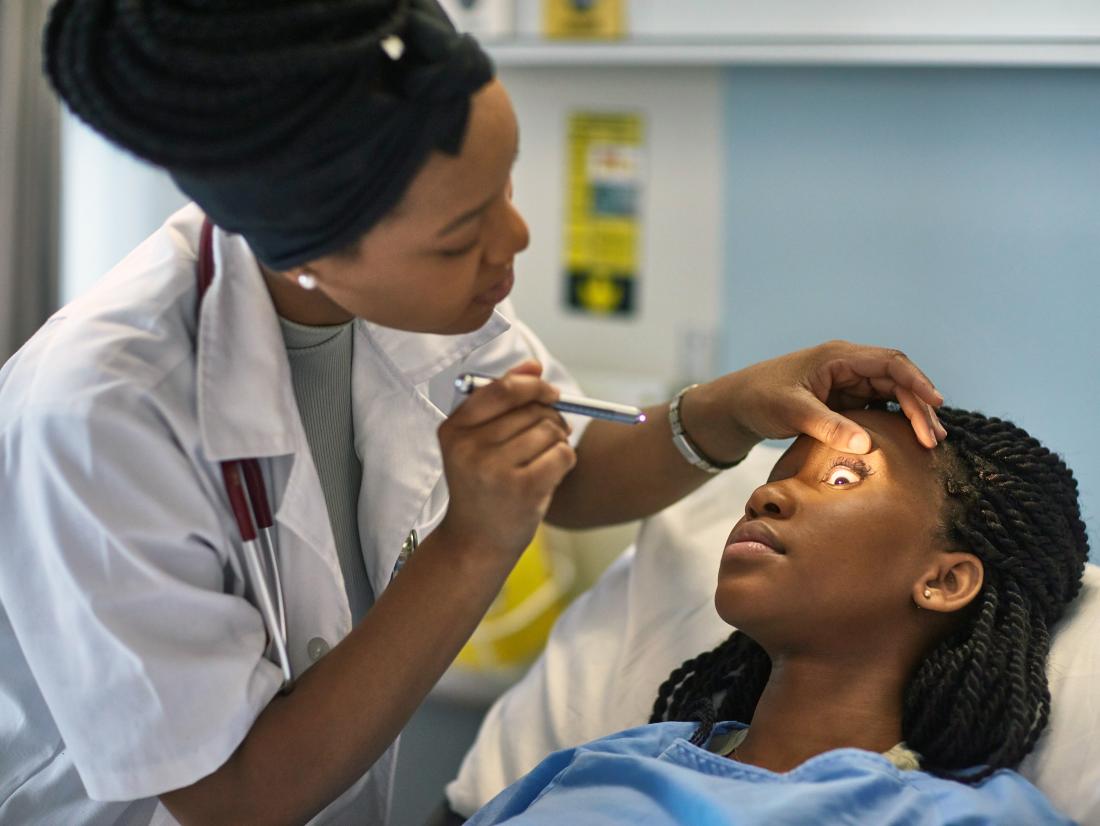The Buzz on Emergency Eye Problems
Table of ContentsGetting The Adult & Paediatric Eye Surgery To WorkPaediatric Ophthalmology for BeginnersAn Unbiased View of Adult StrabismusLittle Known Questions About Eye Exam.
Ophthalmologists are medical doctors who concentrate on the diagnosis as well as treatment of eye and also vision troubles. What is the difference between an ophthalmologist as well as an optometrist, then? What about lens? These three types of eye care specialists have instead similar-sounding names and overlapping job summaries. It can be perplexing at first glimpse.They can not offer eye examinations, write prescriptions, or detect or treat eye problems. Give eye examinations, vision testing, and also prescriptions for glasses or get in touch with lenses.

Eye doctors identify and deal with injuries, infections, illness, and also problems of the eye. Therapies can include medication taken by mouth (by mouth) or topically (in the eye), surgical treatment, cryotherapy (freeze therapy), and also chemotherapy (chemical therapy). Eye doctors go to clinical institution then obtain a number of years of specialized training in the medical and medical care of the eye.
Get This Report about Adult & Paediatric Eye Surgery
As they are the only physician that can treat all eye conditions, ophthalmologists see a wide range of eye conditions, including: How often should you have an eye exam? What are symptoms that indicate you may have an eye issue that needs to be checked by an ophthalmologist? The American Academy of Ophthalmology advises: As youngsters's eyes are expanding and also transforming rapidly, they ought to receive a vision screening.
Adults that have healthy eyes and superb vision need to have 4 extensive eye tests: one in their 20s, 2 in their 30s, as well as one at age 40. These appointments may allow the ophthalmologist to capture an eye condition or vision adjustments at an early stage. By the time you discover symptoms, you might currently have some vision loss (EYE EXAM).

People that go to a greater danger of eye illness may require to get an eye examination much more commonly. This can consist of individuals with diabetic issues, high blood pressure, or a family history of eye problems - CONJUNCTIVITIS. After age 65, your eyes should be examined each to two years. No matter age, individuals that use contacts must have a full eye examination yearly.
Your view depends on seeing the right eye physician at the ideal time. When it's time to "get your eyes inspected," make certain you are seeing the ideal eye treatment specialist for your demands.
3 Simple Techniques For Emergency Eye Problems

is a clinical or osteopathic physician that specializes in eye as well as vision care. Ophthalmologists vary from eye doctors as well as opticians in their levels of training and also in what they can identify and deal with (https://myanimelist.net/profile/drcrlinecatt). As a medical physician who has completed college as well as at the very least eight years of added clinical training, an ophthalmologist is certified to practice medicine this article as well as surgical treatment.
Numerous eye doctors are likewise associated with scientific research on the causes and also remedies for eye conditions as well as vision disorders. SUBSPECIALISTS: ADDED UNDERSTANDING AND TRAINING FOR CERTAIN EYE requires While eye doctors are trained to care for all eye troubles and problems, some Eye M.D.s specialize in a details location of clinical or medical eye treatment.
She or he typically finishes a couple of years of extra, more extensive training called a fellowship in among the main subspecialty locations such as glaucoma, retina, cornea, pediatrics, neurology and plastic surgical procedure, in addition to others. This included training and also knowledge prepares an eye doctor care for more complicated or specific conditions in particular locations of the eye or in certain groups of people.
An optometrist is not a medical physician. An optometrist gets a medical professional of optometry (OD) degree after completing four years of optometry institution, come before by three years or more years of college. They are licensed to practice optometry, which mostly involves carrying out eye examinations and also vision examinations, suggesting as well as dispensing restorative lenses, identifying particular eye abnormalities, and also recommending medications for sure eye illness.
Some Of Eye Exam
They make use of prescriptions provided by ophthalmologists or eye doctors, but do not evaluate vision or compose prescriptions for aesthetic improvement. Lens are not permitted to diagnose or treat eye conditions. We all depend upon our vision in even more manner ins which we may recognize. Without healthy and balanced vision, our ability to function, play, drive or perhaps recognize a face can be considerably influenced.
Having a family members member with eye disease can make you extra vulnerable to having that condition. Sight-stealing eye condition can appear any time. Extremely commonly they are undetectable in the beginning and are hard to find. That's why it is so essential to see an eye doctor for a total clinical eye examination by age 40, and then as frequently as suggested by your Eye M.D.
If you have any one of these, be sure to see an eye doctor. A complete, clinical eye test by an Eye M.D. could be the primary step towards saving your sight. Bulging of one or both eyes; Dark curtain or shroud that blocks your vision; Reduced vision, also if short-lived; Diabetes mellitus; Altered vision; Dual vision; Excess tearing; Eyelid problems; Family members background of eye disease; Halos (tinted circles around lights); Hypertension; HIV or AIDS; Injury to the eye; Loss of peripheral (side) vision; Misaligned eyes; New advances (black "strings" or flecks in the vision) and/or flashes of light; Pain in the eye; Thyroid disease-related eye issues (Tomb' disease); Uncommon red eye.